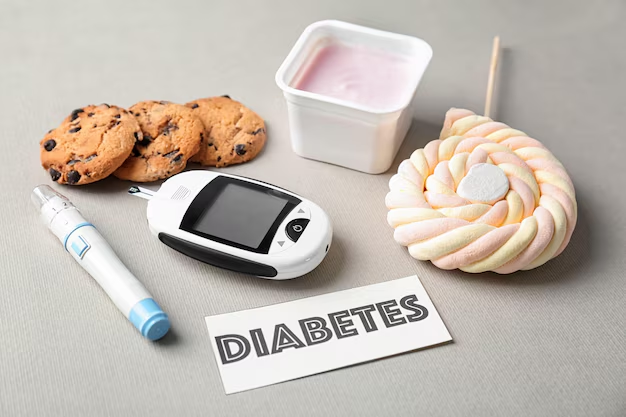Can Diabetes Increase the Risk of Stroke? Here’s What You Need to Know
Diabetes and stroke are both significant health concerns, but can one actually cause the other? If you're managing diabetes, understanding the potential complications is crucial for maintaining your health and avoiding serious outcomes like a stroke. Yes, diabetes can increase the risk of stroke. Here's how it happens and ways you can navigate through these challenges more effectively.
Understanding the Connection
Diabetes affects how your body manages glucose, but it also has profound effects on your blood vessels. High blood sugar levels can lead to damage in these vessels over time, making them more prone to developing clots. When such a clot blocks blood flow to the brain, a stroke can occur. Diabetics are more likely to suffer from hypertension and high cholesterol—additional risk factors that can lead to a stroke.
Key Reasons for Increased Risk:
- Blood Vessel Damage: Constant high blood sugar can damage blood vessels, increasing clot risk.
- Hypertension: High blood pressure is more common in diabetics, another risk factor for stroke.
- Dyslipidemia: Imbalanced cholesterol levels further elevate risk.
- Increased Inflammation: Chronic inflammation linked with diabetes can harm blood vessels and the heart.
Proactive Health Management
Maintaining good control over blood sugar levels is essential. Adopting a healthy lifestyle can mitigate these risks significantly. Regular exercise, a balanced diet, and prescribed medication regimens go a long way. Monitoring your blood sugar, blood pressure, and cholesterol can prevent fatal complications like stroke.
Practical Steps to Lower Risk:
- Regular Check-Ups: Keep regular appointments with your healthcare provider.
- Balanced Diet: Focus on a diet low in processed sugars and saturated fats.
- Exercise Regularly: Aim for at least 150 minutes of moderate activity weekly.
- Quit Smoking: Smoking dramatically increases the risk of stroke.
Safeguarding Financially Against Medical Expenses
Diabetes management can be financially taxing. Fortunately, there are resources and programs available to help ease the burden. Understanding these options can help maintain your focus on health and well-being without constant financial worry.
Financial Assistance Programs:
- Government Aid Programs: Medicare and Medicaid offer coverage options for diabetes care.
- Non-Profit Support: Organizations like the American Diabetes Association provide resources for managing diabetes.
- Educational Grants: Available for those looking to further their knowledge or careers in healthcare.
- Debt Relief Options: Special considerations are available for medical debts to alleviate financial pressures.
- Credit Card Solutions: Health-focused cards can offer cashback or rewards on medical expenses.
Explore More Paths to Support
Navigating life with diabetes doesn't have to be overwhelming, especially with the right educational and financial tools at your disposal. Being informed allows you to make empowered decisions concerning your health and financial stability.
🔍 Quick Guide to Financial Assistance and Support Options:
🏛 Medicare/Medicaid: Comprehensive coverage for diabetes care and supplies.
🤝 Non-Profits: Seek assistance and advice from diabetes-focused charities.
🎓 Educational Grants: Opportunities for financial aid in healthcare education.
💵 Debt Relief: Programs available for negotiating medical debts.
💳 Credit Card Solutions: Cards designed for healthcare expenses offer benefits like cashback.
Don't let diabetes control your life; take control of both your health and your expenses. By utilizing the resources around you, it's possible to manage diabetes effectively while also safeguarding your financial health.
